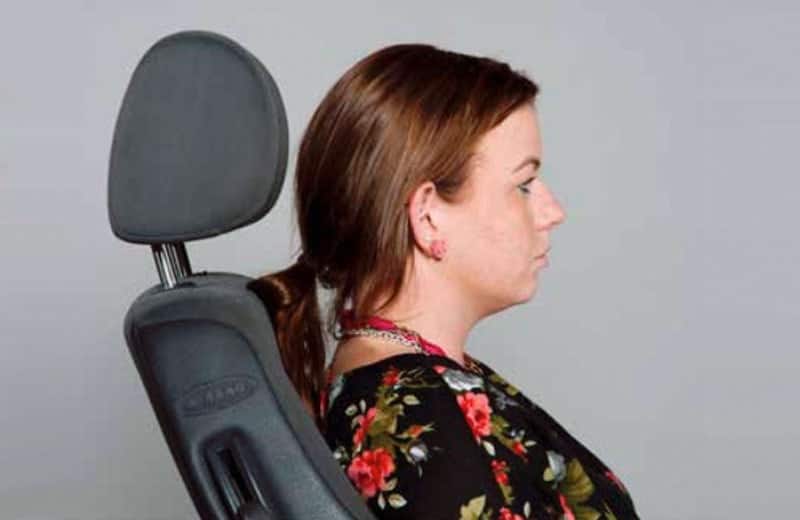“Whiplash” is an injury commonly associated with road accidents. Although it can also be the result of a bad slip or fall or sustained playing contact sports, people are right to make this association as whiplash is the most reported injury by victims of crashes.
According to the NHS, whiplash occurs when the soft tissues in the back of the neck become sprained – over-stretched and damaged – as a result of sudden movement. In car accidents, it usually happens when the car seat forces the body forwards while the head moves in the opposite direction.
Due to it’s prevalence in road accident victims, ‘whiplash’ is a term most of people are familiar with. However, not so many are aware of the significant effects the injury has on peoples’ lives. It is often dismissed as a minor injury that will be all but forgotten in a matter of days or weeks. While it can be, severe whiplash injuries mean months or even years of suffering for victims. As well as chronic pain, memory loss, damage to hearing and concentration difficulties are also recognised symptoms. It is not uncommon for long-term sufferers to be diagnosed with mental health conditions such as depression.
Most people are aware there are law firms who can help whiplash sufferers claim compensation for their injuries and financial losses. However, to receive a fair settlement for the suffering endured and to cover the costs, it’s important to seek expert, specialist help from experienced solicitors with a proven track record achieving justice for their clients. Find out more here.
Another thing that is not so common knowledge about whiplash is that preventing it could be as simple as making a few quick adjustments to the car that will require no more than two minutes. Not only could an inadequately adjusted seat and head restraint leave people open to the threat of whiplash, they could also affect the ability to claim compensation for injuries if the worst does happen.
Five Possible Adjustments
These simple steps could make all the difference …
Check the height
Head restraints are designed with whiplash prevention in mind. Therefore, it makes sense that they are the most important part to adjust correctly. There’s no rule for the perfect position as head restraints are different in every car. Some will not be adjustable if they are attached to the back of the seat. The advice that lining up the top of the restraint up with the crown of the head is supported by the experts at Thatcham Research and is generally accepted.
Find the rigid part
Approved head restraints should have a more rigid section in the middle that is designed to stop head movement in a collision. The restraint should be adjusted until this part is in line with the eyes or the top of the ears. Locate the rigid part by pushing down with your fingers. It should feel harder than the surrounding spongy area.
Adjust the seat
The advice on the optimum seat position has changed through the years as more advanced crash testing has been carried out. While drivers were previously told to have their seat backs upright, the advice is now to keep it at a 100 degree incline. Having the seat adjusted to this angle will keep the body in the seat in a crash while providing support to the lower back.
Mind the gap
Research has shown that head restraints close enough to the back of the head can as much as half the chance of sustaining whiplash injuries in a road accident. Because the head has less distance to travel before being stopped by the restraint, it has less time to pick up speed. This fact stresses the importance of adjusting the vehicle’s head restraint to the safest position. Experts advise that it should be no further than 5 centimetres (2 inches) away from the back of the head.
Test the seat belt
Adjusting the head restraint may be the priority when making the car as ‘whiplash-proof’ as possible, but other safety features like seat belts can lend a helping hand. The concept behind the horizontally stretching belt is to catch on the hips in a crash, stopping the body from moving forwards out of the seat. For it to be able to do it’s job, it needs to stretch across the top of the pelvis. To test this, sit in the seat and buckle up. Move the seat up if the belt stretches across your stomach.




